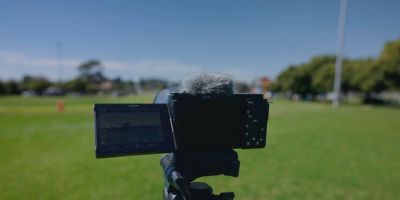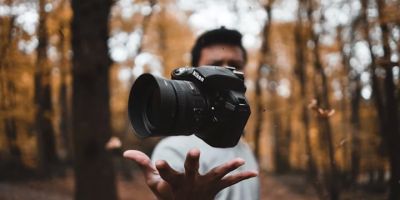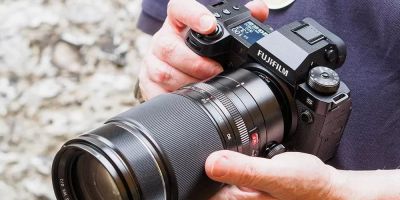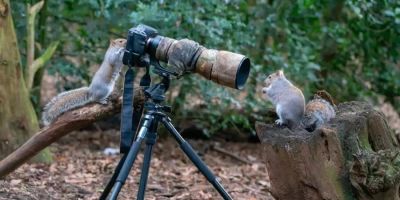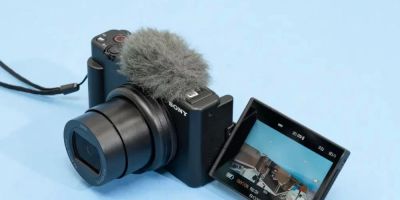- 1-Key-Features-for-Pet-and-Wildlife-Photography-Cameras
- 2-Choosing-the-Right-Camera-for-Pet-and-Wildlife-Photography-Enthusiasts
- 3-Tips-for-Capturing-Stunning-Pet-and-Wildlife-Photos
- 4-Real-World-Examples-from-Pet-and-Wildlife-Photographers
- 5-Where-to-Find-the-Best-Cameras-and-Accessories
1. Key Features for Pet and Wildlife Photography Cameras
When selecting a camera for pet and wildlife photography enthusiasts, several essential features should guide your choice. Fast autofocus, high burst rates, excellent low-light performance, and versatile zoom lenses are crucial for capturing animals in unpredictable movements and varied lighting conditions.
For instance, a camera with a high frame-per-second (FPS) rate helps freeze fast action, while a robust autofocus system tracks moving subjects with precision. Additionally, weather-sealed bodies and durable construction make the camera reliable in outdoor environments.
1.1 Importance of Sensor Size and Image Quality
Cameras with larger sensors, such as full-frame or APS-C, deliver superior image quality and better noise control. This advantage is especially beneficial for wildlife photography where natural light can be limited.
2. Choosing the Right Camera for Pet and Wildlife Photography Enthusiasts
Choosing the perfect camera depends on your budget, skill level, and photography goals. Beginner enthusiasts might prefer user-friendly mirrorless cameras with intuitive controls, while professionals often opt for DSLRs or high-end mirrorless systems that offer advanced customization and superior performance.
Consider lenses carefully; telephoto lenses are essential for wildlife to capture distant subjects, whereas macro lenses excel in pet photography for close-up details.
2.1 Balancing Portability and Performance
While bulky gear often provides higher specs, lightweight and compact cameras allow for easier mobility, a significant factor when tracking elusive wildlife or active pets.
3. Tips for Capturing Stunning Pet and Wildlife Photos
Beyond the camera, mastering techniques enhances your photography. Patience is key—animals can be unpredictable, and waiting for the right moment often yields the best shots.
Utilize natural light whenever possible and experiment with different angles to highlight unique animal behaviors and features. Continuous shooting modes and manual focus override can improve your success rate in tricky scenarios.
3.1 Ethical Considerations
Respect for animal welfare is paramount. Avoid disturbing natural habitats or stressing pets during photo sessions. Ethical practices not only protect animals but also foster genuine, candid moments in your images.
4. Real-World Examples from Pet and Wildlife Photographers
Emily, a passionate wildlife photographer, shares how switching to a mirrorless camera with a 70-200mm telephoto lens transformed her ability to capture sharp, vibrant images of birds in flight. Her patience and gear choice paid off during a recent trip to a national park, where she photographed a rare hawk at dawn.
Similarly, Jake, who enjoys pet photography, highlights how a camera with fast autofocus helped him freeze playful moments of his dog in the backyard, creating lively and heartfelt portraits that friends and family cherish.
5. Where to Find the Best Cameras and Accessories
For enthusiasts looking to invest in the best cameras and accessories for pet and wildlife photography, Photo Studio offers a curated selection tailored to varying skill levels and budgets. From camera bodies to lenses and essential gear, Photo Studio provides expert guidance to help you choose equipment that elevates your photography journey.
Whether you’re a beginner or seasoned photographer, having access to quality products and professional advice enhances your ability to capture the beauty and spirit of animals in stunning detail.

